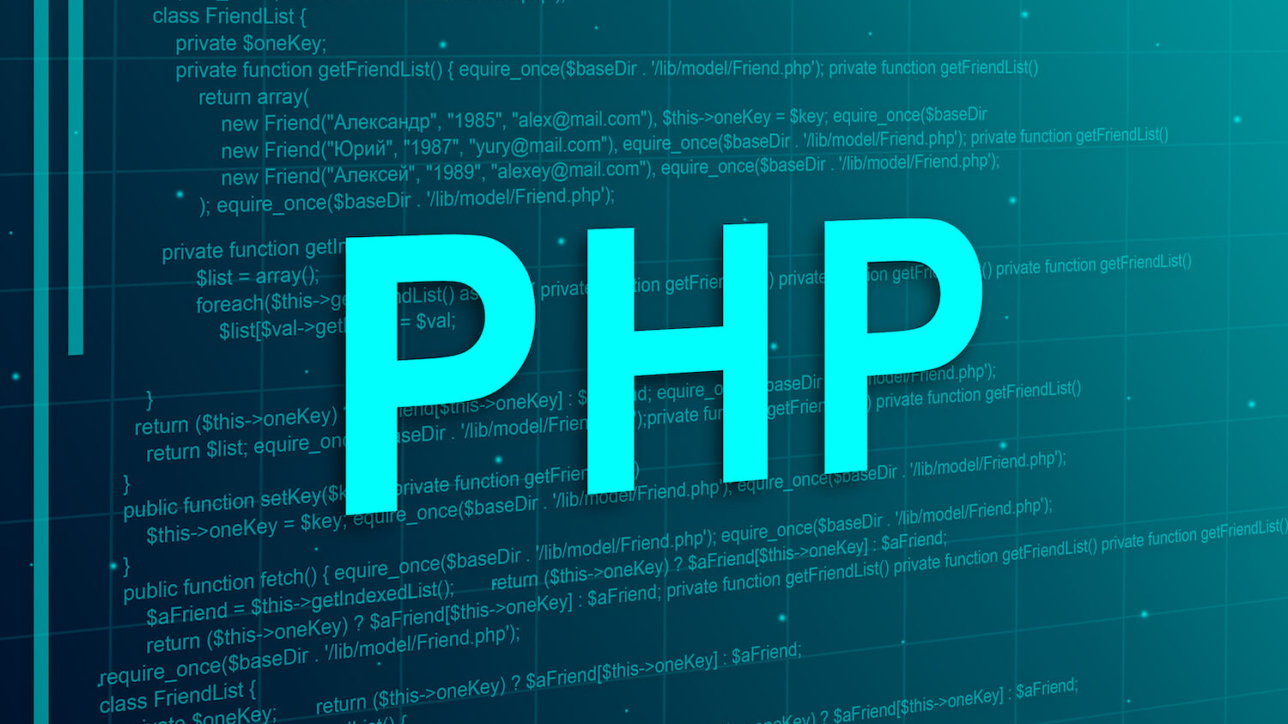What is PHP

PHP, which stands for Hypertext Preprocessor, is a server-side scripting language commonly used for web development. Originally created by Danish-Canadian programmer Rasmus Lerdorf in 1994, PHP has since evolved into one of the most popular programming languages for building dynamic and interactive websites. Here's an overview of PHP and its key features:
Server-Side Scripting
PHP is primarily used for server-side scripting, meaning it is executed on the web server before the resulting HTML is sent to the client's web browser.
This allows PHP to generate dynamic content, interact with databases, handle form submissions, and perform other server-side tasks to create dynamic and interactive web pages.
Embedded in HTML
PHP code is embedded directly into HTML documents using special delimiters (), allowing developers to mix PHP code with HTML markup seamlessly.
This makes it easy to generate dynamic content within HTML pages, such as inserting database records, processing form data, or including reusable components.
Wide Range of Applications
PHP is versatile and can be used for a wide range of web development tasks, including building websites, web applications, content management systems (CMS), e-commerce platforms, and more.
Many popular web platforms and frameworks, such as WordPress, Joomla, Drupal, Laravel, and Symfony, are built using PHP.
Database Integration
PHP has built-in support for connecting to and interacting with databases, including MySQL, PostgreSQL, SQLite, and others.
Developers can use PHP's database functions and extensions, such as MySQLi and PDO, to execute SQL queries, fetch data, insert, update, and delete records, and handle transactions.
Procedural and Object-Oriented Programming
PHP supports both procedural and object-oriented programming (OOP) paradigms, allowing developers to write code in a structured and modular way.
Procedural programming involves organizing code into reusable functions and procedures, while object-oriented programming involves creating classes, objects, and methods to encapsulate data and behavior.
Server-Side Security
PHP includes built-in security features and functions to help developers protect their web applications from common security vulnerabilities, such as SQL injection, cross-site scripting (XSS), and cross-site request forgery (CSRF).
Best practices for PHP security include validating user input, sanitizing data, using parameterized queries, implementing authentication and authorization mechanisms, and keeping PHP and server software up to date.
Community and Resources
PHP has a large and active community of developers, enthusiasts, and contributors who share knowledge, collaborate on projects, and provide support through forums, online communities, and documentation.
PHP's official website (php.net) offers comprehensive documentation, tutorials, code examples, and reference materials to help developers learn PHP, troubleshoot issues, and stay up to date with the latest developments.
Overall, PHP is a powerful and versatile programming language for web development, offering a wide range of features, functionalities, and resources to build dynamic, interactive, and secure web applications. Whether you're a beginner learning the basics or an experienced developer building complex web projects, PHP provides the tools and resources you need to bring your ideas to life on the web.